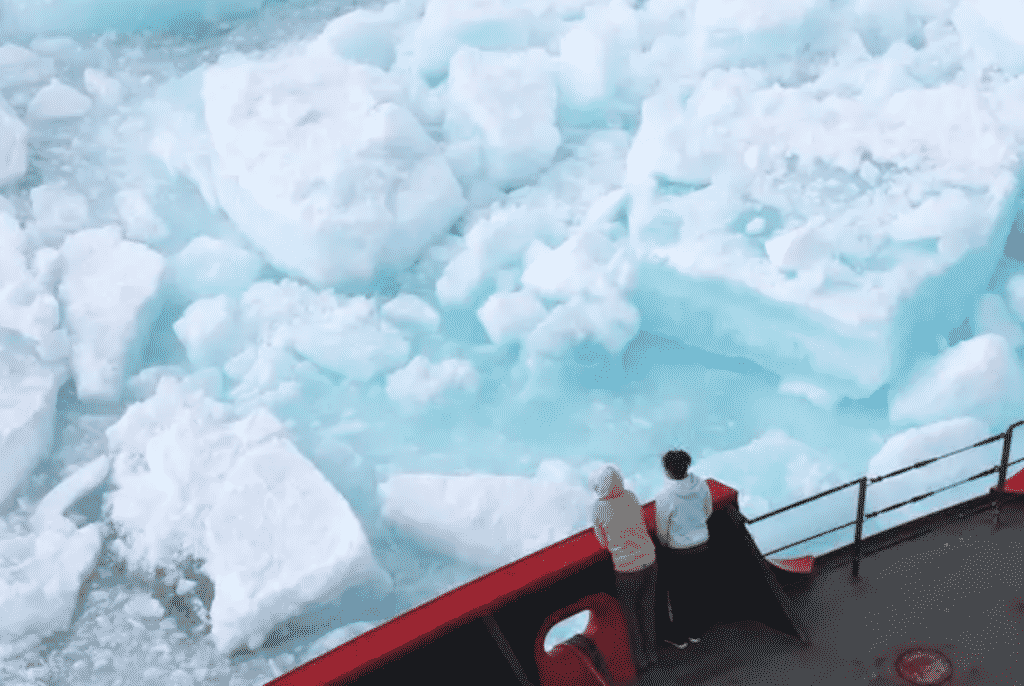While some parts of the world suffer droughts or floods due to the effects of climate change, other areas have begun to stir without hitting headlines – yet. A disturbing development is the potential of global warming reawakening dormant microbes that have been sealed in permafrost for hundreds or thousands of years.
Present and predictions
2020 was one of the warmest years ever recorded, and the time period of 2011 to 2020 was the warmest decade. It is almost certain that the temperature is going to continue rising in the coming years, causing glaciers and ice sheets to melt at an ever-increasing rate. Apart from climate change’s effect on snow and ice, it is also predicted that the amount of precipitation will change, sea level will rise, ocean currents will be disrupted, and the increased temperature of the ocean will trigger more powerful hurricanes, cyclones and typhoons.
Effects of melting ice and permafrost
The pace of ice melting is increasing, but there is a danger that sudden disintegration of huge ice sheets and glaciers could spark an extreme change in sea level and possibly ocean currents. The steady destruction that is happening every day, however, also leads to higher sea levels and triggers other changes. What seems more alarming is the possibility of old bacteria and viruses being released after lying under layers of ice for centuries. It might seem like the storyline of a sci-fi TV series, but unfortunately the probability is all too real.
What will emerge from under the ice?
In 2016, the Yamal Peninsula in Siberia was struck by an outbreak of anthrax that killed a 12-year-old boy and put more than twenty people in hospital. After investigations were carried out it was theorised that the source was an anthrax-infected reindeer which had emerged from melting permafrost after being buried for more than 75 years.
Permafrost continually goes through cycles of melting and freezing, but each year the thaw exposes deeper and older levels of permafrost that could potentially release ancient viruses and bacteria. It is thought that melting permafrost could uncover diseases such as smallpox and the bubonic plague – something we have not had to worry about for decades. This is more than a vague prediction: near the end of the 19th century victims of smallpox were buried, also in Siberia, and the ice that covers their bodies is thawing.
An unpredictable future
As warmer temperatures cause increasing destruction of ice and permafrost, scientists are finding viruses that have been lying dormant for as long as 100 000 years. It is possible that more are waiting that have been frozen for much longer. Although some scientists believe that today’s treatments will be more than strong enough to deal with uncovered microbes, there is still much uncertainty and anxiety about what might lie in wait.
Any solution?
Unfortunately, the only solution to this is to halt global warming – a task that we have yet to achieve. And while individuals can try to affect change for example, you can register right here to reduce your carbon footprint and stay home – the real power lies with governments and industries.

